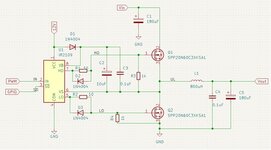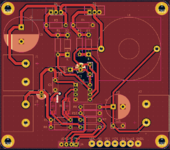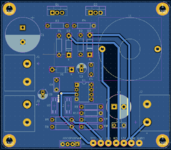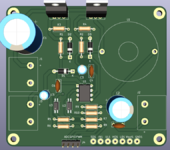dtruong
Newbie level 4
Hi, I’m doing a synchronous buck converter using half bridge driver IR2109 () to step down 200 VDC output from my PFC circuit to around 80VDC. I made a PCB and tested out with Vin = 12 VDC, pulled the to high and drove the IN pin by a 100 kHz PWM signal with 50% duty cycle from the Arduino Uno. The board worked fine, and I got a 6 VDC output. Then I tested it with 200 VDC from the PFC, and the traces from the input bulk capacitor to the high side MOSFET, and between the two MOSFET blew up. Both MOSFET were broken as well. So, what was wrong here?
Could it be the fix deadtime in the IR2109 wasn’t enough to protect MOSFET from shoot-through when Vin = 200VDC, even though it worked with Vin = 12VDC?
Could it be the fix deadtime in the IR2109 wasn’t enough to protect MOSFET from shoot-through when Vin = 200VDC, even though it worked with Vin = 12VDC?



